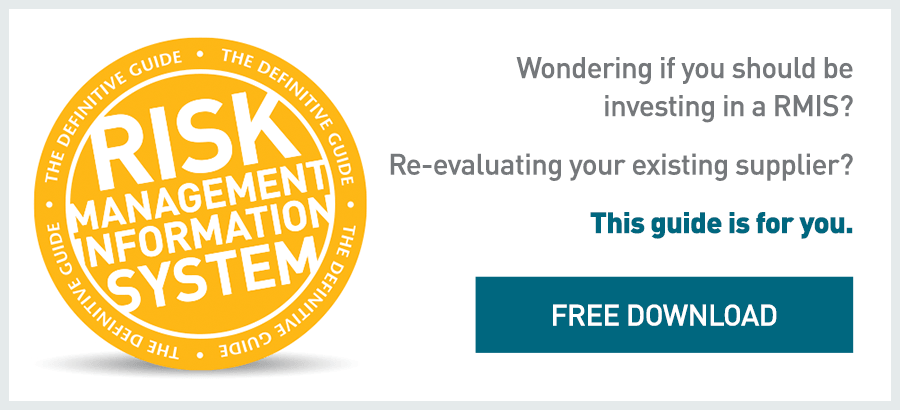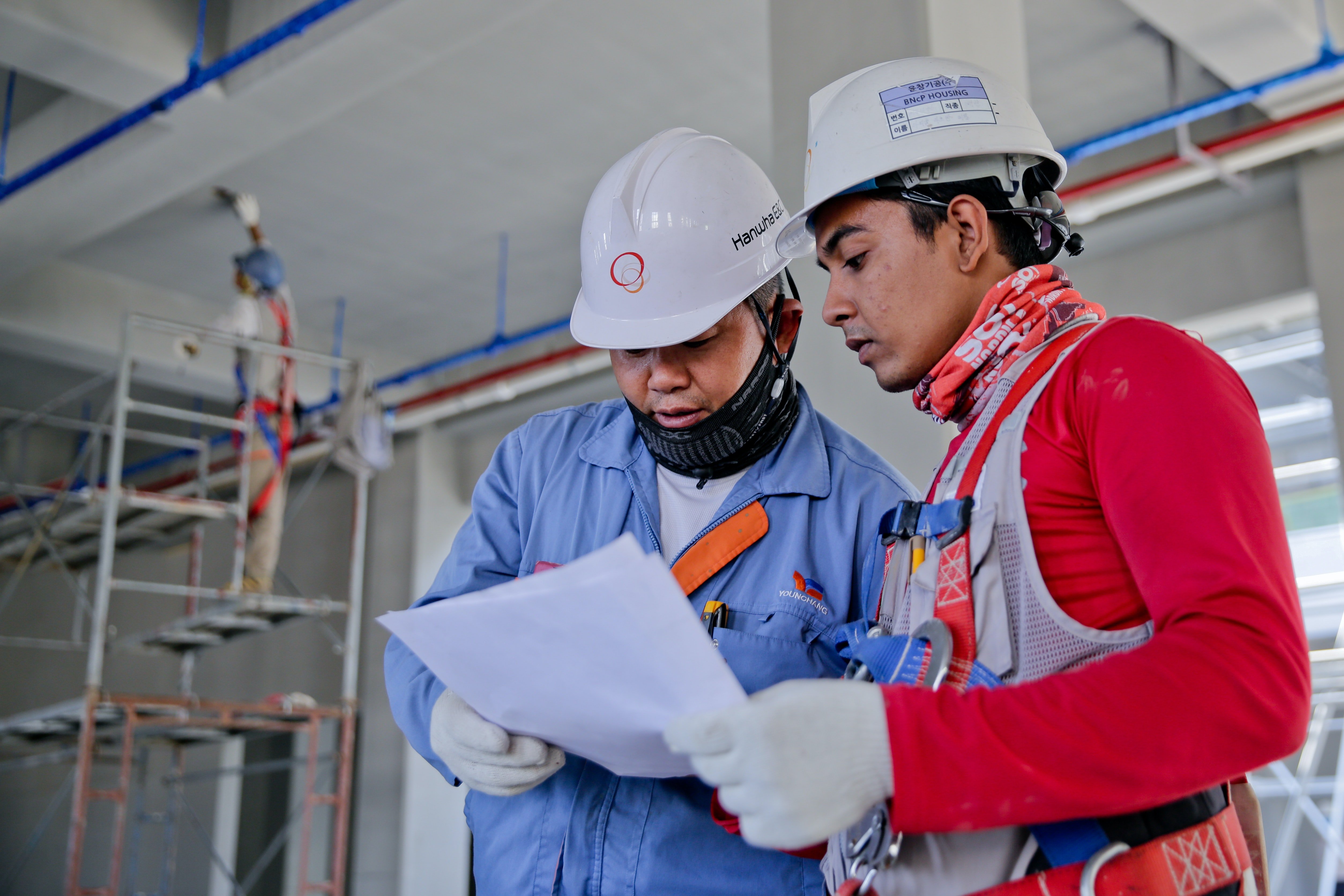
Companies that enjoy a true culture of safety will involve and motivate every employee- from those who sit in the corporate boardroom to those who actually conduct daily operations on the shop, job site, or sales floor. While executives and managers can help improve their company's bottom line by implementing and enforcing an effective safety plan, employees further down the pipeline are also likely to benefit by avoiding workplace accidents and injuries.
Everybody in the company needs to understand that getting their jobs done safely is considered part of getting them done right. Besides, workers who actually produce products or offer services are likely to have valuable insight into the parts of their duty that could be improved in order to make them safer.
How to Involve All Employees in Your Corporate Safety Culture
According to OSHA, effective safety programs do work to help avoid accidents and injuries. In the long run, they also tend to help improve employee morale, increase productivity, and reduce turnover. Motivating employees to help the corporate bottom line is much easier when these workers can understand that these best practices are introduced and enforced in order to make sure that they get to return home safely to their families each night after work. Also, requesting input from employees helps them feel valued and cared about, and this should encourage them to think highly of their employer and take ownership of safety for themselves and their coworkers.
These are some of the ideas that safe companies use to keep their employees involved in the corporate safety plan:
- Suggestion boxes: Either online or offline, employees should have a place to express their suggestions or concerns at any time. It could be helpful to give employees the option to remain anonymous.
- Hazard reporting: Similar to suggestion boxes, employees need a place to report violations or incidents conveniently and with full assurance that their reports will be taken seriously and addressed.
- Safety training: Either through customized online courses or department-wide safety talks, management should continually train and remind employees about safe practices and common hazards to watch for. Again, the notion that the right way to complete a task is the safe way has to get reinforced.
- Safety drills: In some cases, classroom training needs to be complemented by safety drills to ensure that employees know exactly how to react in order to protect themselves and the people around them in case of an accident.
We Help Hundreds of Companies Stay Safe
At Ventiv Technology, we believe we are more than just a safety and risk management software vendor. We partner with hundreds of companies to help protect hundreds of thousands of employees avoid workplace illnesses and injuries. We'd like to invite you to request a demo that can help you understand how our technology solutions can help support your corporate culture of safety.













